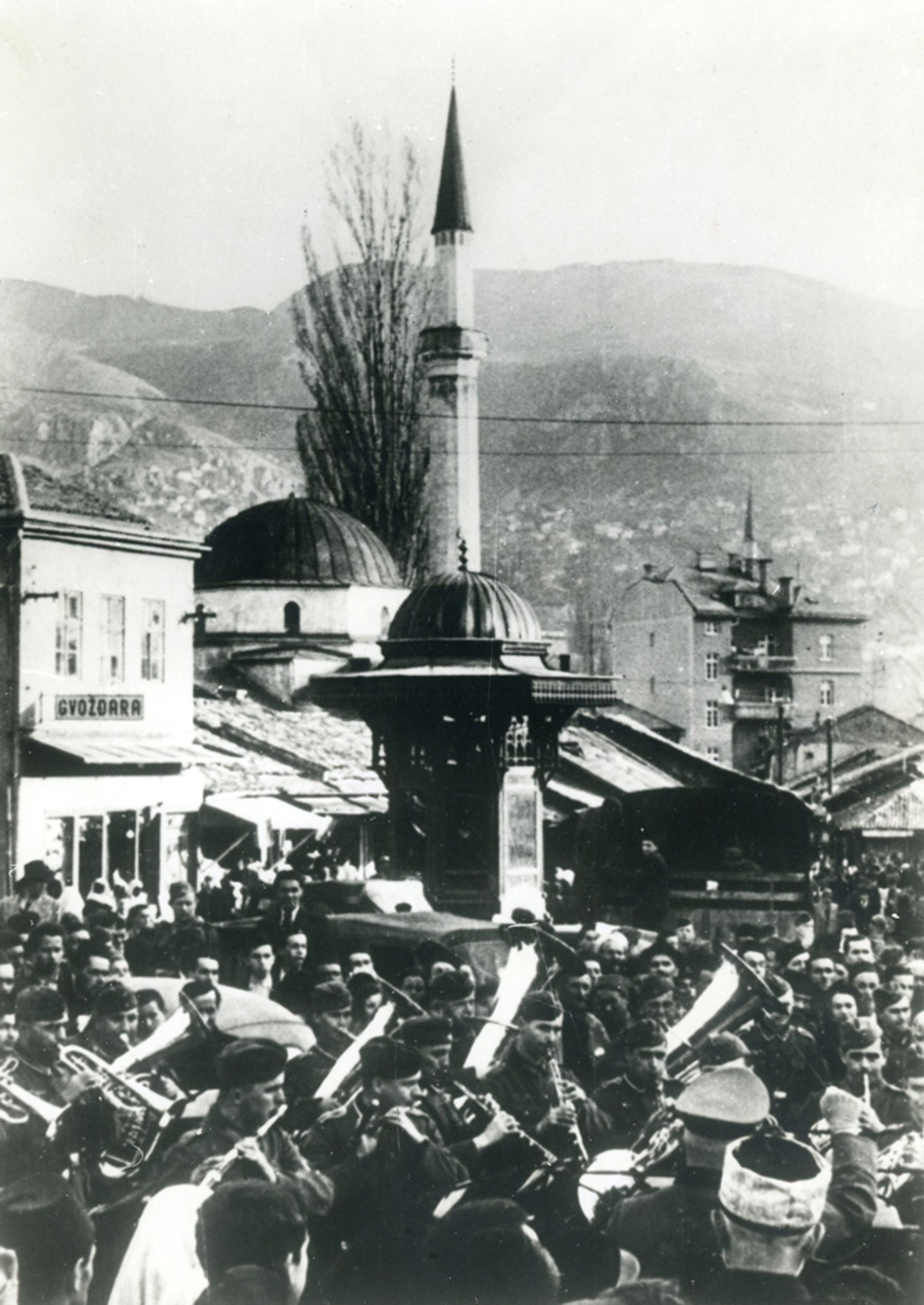“Muslim Resolutions” of 1941–1942
Is speaking out against violence an act of resistance? As there are many approaches to what resistance is, the answer might depend on a multitude of elements. Nonetheless, for this occasion we should ask two additional questions. First, is speaking out against violence from a position of power and privilege an act of resistance? And second, can selective protest be considered resistance?
In 1941, as the Ustasha regime started its anti–Serb campaign in Croatia and Bosnia and Herzegovina, it also tried to cater to the Muslims (Bosniaks) as an alleged part of the Croat nation. And as a smaller section of the Muslim population took part not only in the new political structures, but also in committing crimes against the Serbs, the Muslims in general were at risk of being collectively stigmatized. Indeed, when the Serbs took up arms, in regions where nationalists had more control over the uprising than the communists, some acts of revenge and reprisals were committed. Most notorious was the example of Kulen Vakuf in western Bosnia, where the rebels have killed many Muslim civilians.
In response, groups of Muslim citizens – including clergymen, politicians, merchants and administrators – in several Bosnian–Herzegovinian towns drafted petitions directed at the government or some of its officials. At least nine were drafted. Most of them protest the inferior position of Muslims in relation to Catholics and express the fear of collective blame for the deeds of the few. This blame, some add, might have been intentionally constructed with the use of the fez (traditional Muslim hat) by the Ustashas in Bosnia. Many of the petitions condemn the violence against the Serbs and try to protect the Muslim Romani. Only one of them, however, briefly mentions that the Jews were persecuted, while none spoke against the Axis or the NDH.
Consequently, these “Muslim Resolutions” escape an easy definition. Their message is further complicated by the mutually conflicting acts of the many signatories. One of them, Murat–beg Pašić of Bijeljina, participated in the anti–Serb campaign, and then signed the petition against those very same acts. Like plenty of others, he would align his interests with the Nazis. Another signatory, Tuzla’s mufti Muhamed Šefket Kurt, actively prevented the mass execution of Serbs planned for Orthodox Christmas 1942. Following many of the Muslim youth who eventually accepted the communists’ call to join the armed struggle – instead of “being content with writing resolutions” – Kurt’s two sons died as partisans.
Vladan Vukliš, Dino Dupanović & Nedim Pustahija


